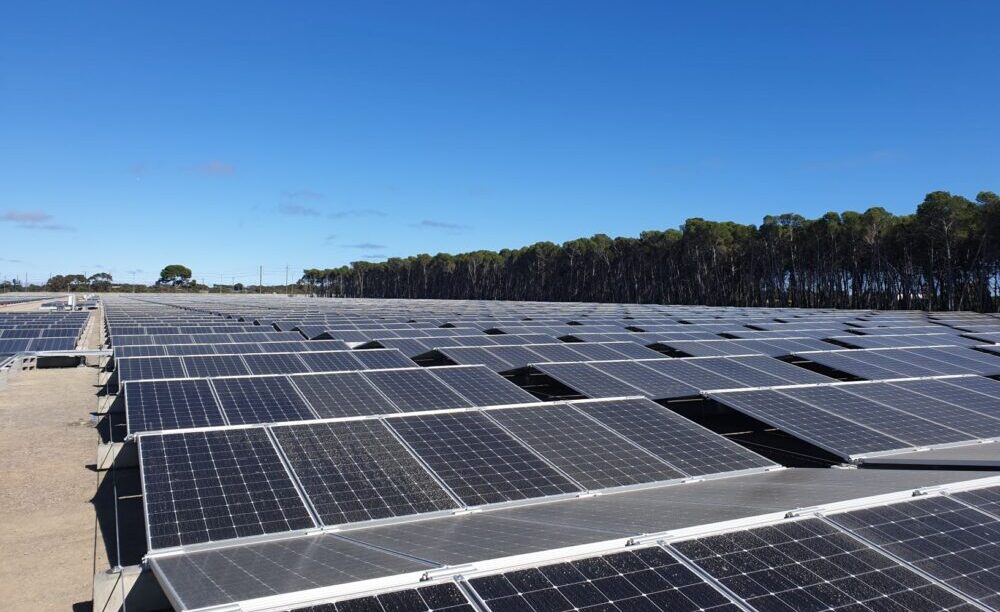
As the world struggles with escalating energy costs and the urgent need to reduce carbon footprints, Sweden emerges as a beacon of hope, showcasing how smart energy solutions can revolutionise CO2 emission reduction and energy efficiency.
This transformation not only benefits the environment but also significantly increases property values, making it a model for sustainable development across Europe.
Sweden’s remarkable success in curbing energy waste and reducing greenhouse gas emissions has attracted attention globally.
Exergio CEO Donatas Karčiauskas said: “Sweden can be a successful case study of how a country can curb energy waste and reduce greenhouse gas emissions, which causes investment in green buildings to rise.”
Sweden’s achievements are not just theoretical, they are backed by tangible results.
The country boasts some of the lowest greenhouse gas emissions per capita in Europe, due to the government’s proactive measures.
One key initiative is the implementation of green bonds, which support sustainable buildings, making them more attractive for banks to give loans and investors to invest in.
Anders Borggen, a Swedish expert in property management, highlights the nation’s continuous push for higher sustainability measures.
“By offering lower loans for buildings with low energy consumption and proper certifications (such as BREEAM and LEAD), we ensure that Sweden maintains a certain level of energy efficiency,” said Borggen.
What sets Sweden apart is its commitment to ongoing progress.
Real estate companies face a larger cost base as they cover more utilities for tenants, making energy-saving measures more impactful on their finances.
“The total return on properties is another crucial factor since it includes energy-saving investments,” Anders adds.
Energy efficiency is not just a buzzword in Sweden; it’s a legal requirement.
New buildings in Sweden must incorporate energy-efficient solutions, while older buildings can benefit from cost-efficient approaches that avoid expensive reconstruction.
“Many elements contribute to real estate value, such as competition, scarcity, new government regulations, and location. However, building owners often forget that operational costs can also be among the key factors determining property value. As energy prices climb, property owners are confronted with a crucial question: How can they cut energy waste and lower building maintenance expenses?,” explains Karčiauskas.
Efforts to improve buildings’ energy efficiency offer a promising avenue for increasing their value by bolstering net yield indicators.
“Even a very small change in this indicator can lead to changes in the value of a building in the hundreds of thousands or even millions of euros in the long term,” said Karčiauskas.
With Sweden leading the way, it’s clear that smart energy solutions are not just environmentally friendly but also financially rewarding, setting a model for implementation worldwide.












